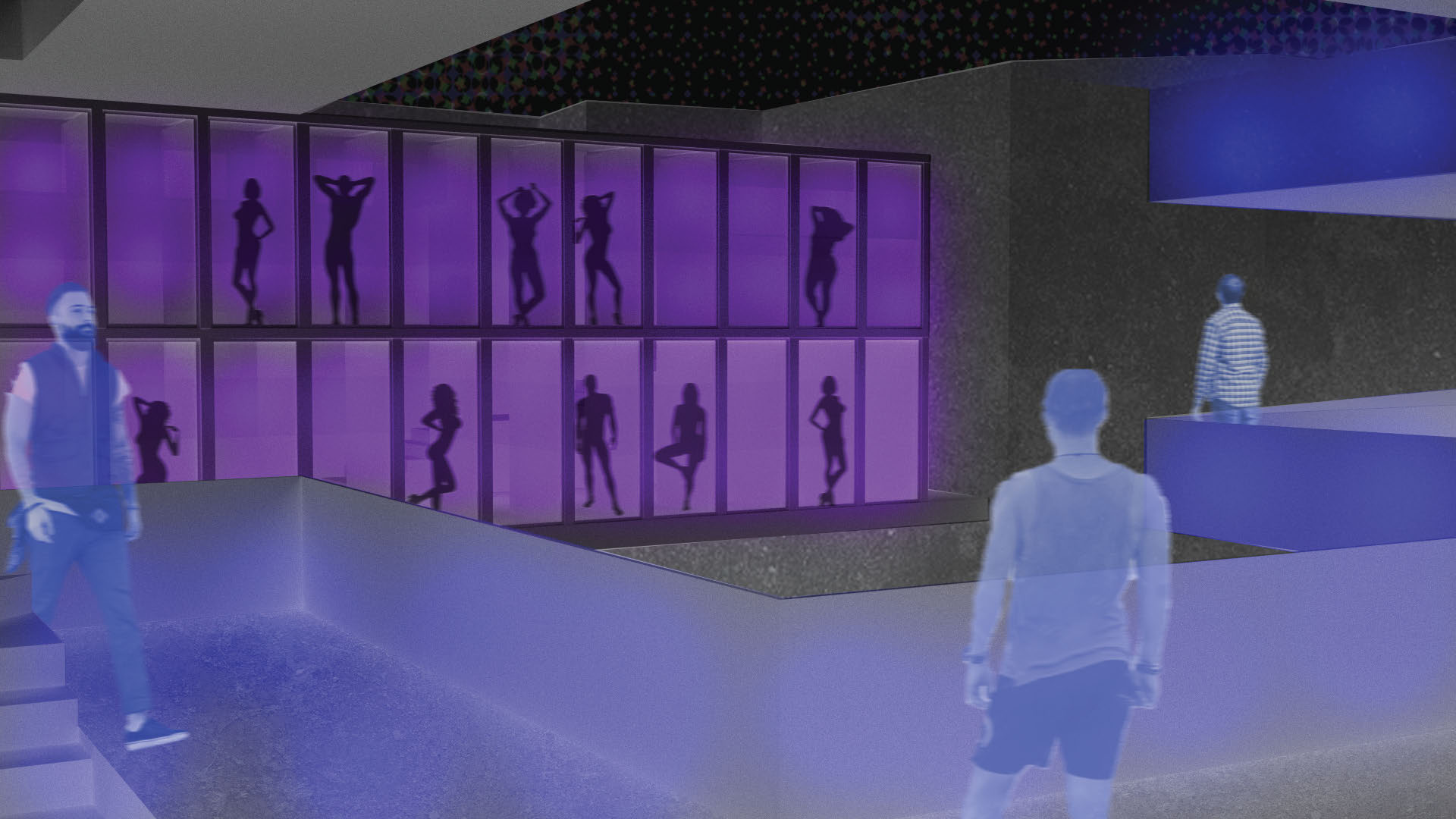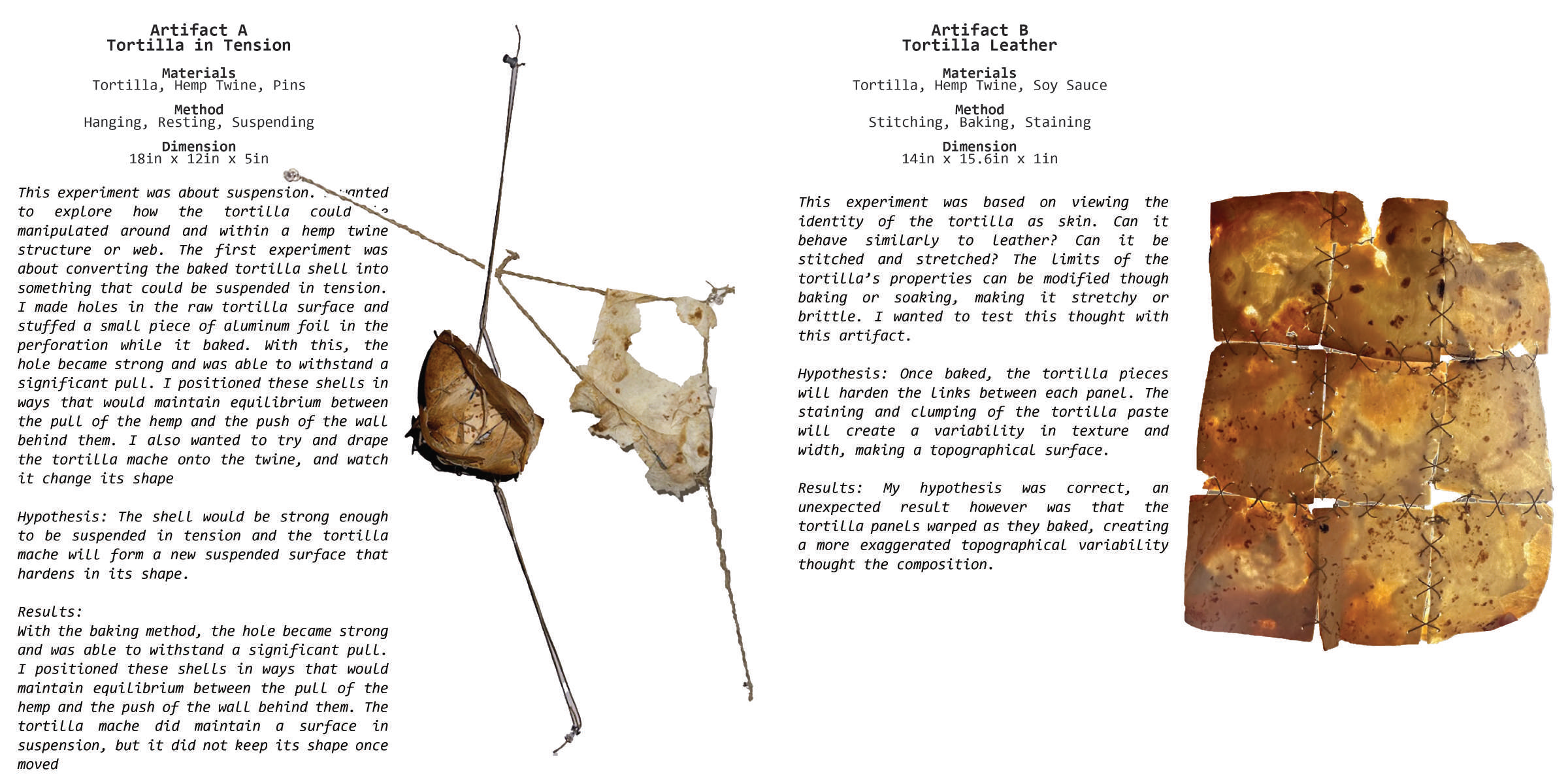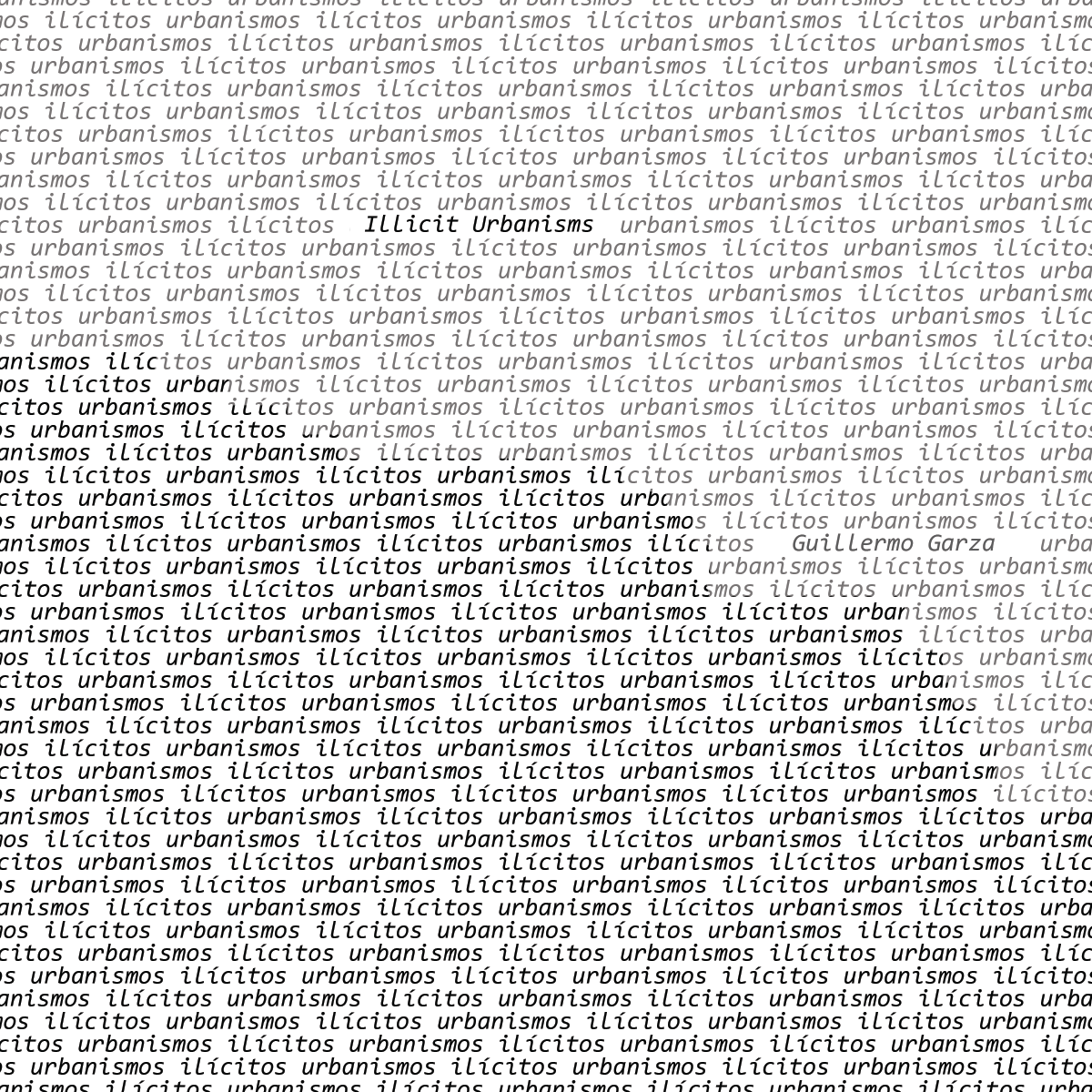Guillermo Garza is a Mexican-American architecture student based in Brooklyn, New York.
He is currently studying at
Pratt Insititute.



Thesis: Urbaismos Illicitos
Pratt Institute
Professor: Anne Nixon, Rychiee Espinosa
Team: Mimi Hsu
Fall 2023
Research
Illustrator, InDesign, Photoshop, GIS, INEGI, Rhino
s
Pratt Institute
Professor: Anne Nixon, Rychiee Espinosa
Team: Mimi Hsu
Fall 2023
Research
Illustrator, InDesign, Photoshop, GIS, INEGI, Rhino
s
Elastic Boundaries seeks to analyze and dissect the identity of the US- Mexico Border, treat it as a fluid object and extrapolate the ways it interacts with its environment.
Through land studies, we analyzed the movement of people and linked this movement to the distinct dialogues that happen across borders though sister cities and desert landscapes, to see what they each provide and take away from the people living or migrating through them. With this investigation and through studies in projection and camouflage, we seek to shift the existing narratives surrounding these bordering nations, subverting the subjugation and exposure of the border, and shifting the dynamics of power.
Through land studies, we analyzed the movement of people and linked this movement to the distinct dialogues that happen across borders though sister cities and desert landscapes, to see what they each provide and take away from the people living or migrating through them. With this investigation and through studies in projection and camouflage, we seek to shift the existing narratives surrounding these bordering nations, subverting the subjugation and exposure of the border, and shifting the dynamics of power.
















Oo
Situated in downtown Tijuana, our project targets the often-overlooked 'in-between spaces'—such as streets and hidden courtyards—that define the city's character, aiming to enhance the urban experience while addressing its unique edge conditions. Through adaptive reuse of existing urban structures and careful integration of new elements, we seek to create functional spaces while enriching the architectural dialogue between old and new, inspired by the transformative nature of cosmetic surgery and the spontaneous encounters that can take place in its transience.
Our design introduces small courtyards as transitional zones between buildings, strategically incorporating apertures that play with visibility and exposure, echoing the transformative experiences within body shops and medical offices. This intervention respects and rejuvenates Tijuana’s urban landscape, contributing to a broader conversation about urban renewal and the potential for beauty and transformation in utilitarian spaces.
Our design introduces small courtyards as transitional zones between buildings, strategically incorporating apertures that play with visibility and exposure, echoing the transformative experiences within body shops and medical offices. This intervention respects and rejuvenates Tijuana’s urban landscape, contributing to a broader conversation about urban renewal and the potential for beauty and transformation in utilitarian spaces.


O
The Pleasure Palace
A series of structures infilling the hidden courtyards, parking lots and alleyways of Tijuana. Space is reshaped by these structures that form out of a reimagined architectural language of the city’s vernacular. Dormant during the day, they can be used as storage, play areas or laundry drying. In the evenings and night time, the structures activate to become spaces for desire and spontaneous encounters. The architecture offers hints of body through its perforated facade, and its mystery and allure attracts new people looking for a rush within its hidden spaces.















The Body Shop
A cosmetic surgery center that is nestled between the alleys and backways of the existing urban context. The project called for direct references to the human body and its forms, and a new type of form making which connected the human body to the architectural body. Masonry units, ground, ceiling, wall and floor conditions were designed around ideas of modification, infill, extraction and cosmetics. In this way, the procedures taking place within the building worked in tandem to the architecture itself.



Further Research
















































